Get your word out to passersby with Corrugated plastic sign boards.
These extremely lightweight Screen Printed Correx Boards are affordable, versatile and highly weather resistant, making them suitable for outdoor use. Perfect for building site signage, estate agent boards and road signs, the optional eyelets make them easy to install.
- 4 size options
- Various board thicknesses available
- 100% recycled material
- Durable, lightweight & weatherproof
- Corner Eyelet options available
- low cost material and highly durable
Correx Boards are a lightweight, weather-resistant material suitable for both outdoor and indoor use. The combination of their weight, their low cost and their durability make them a popular choice for advertising and signage. As they are waterproof, so suitable for outdoor signs, they are commonly used by estate agents as For Sale signs or To Let signs, or in retail and hospitality to advertise promotions or events.
There are many other uses for Corrugated plastic sign printing, which is becoming more widespread for temporary or permanent outdoor signage or information panels in many sectors. It is also ideal for indoor or outdoor directional signage and health and safety guidance.





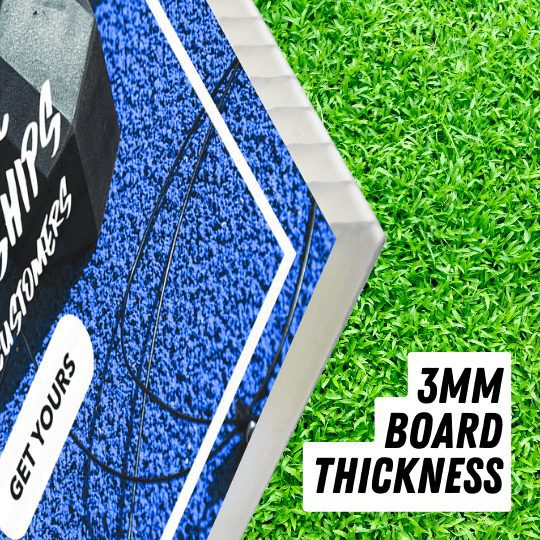


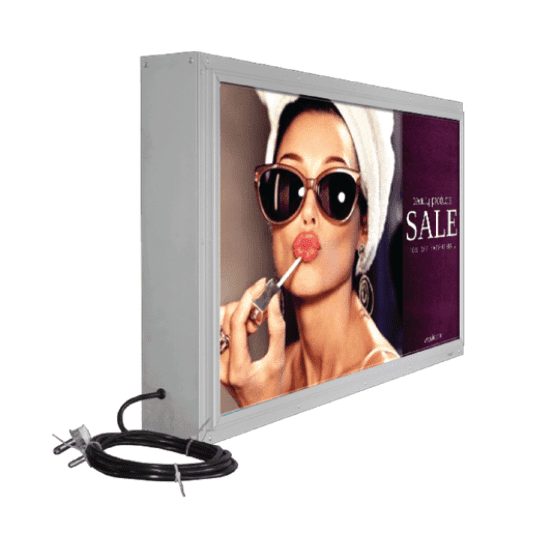
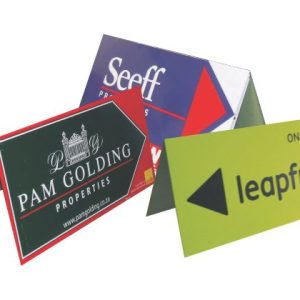
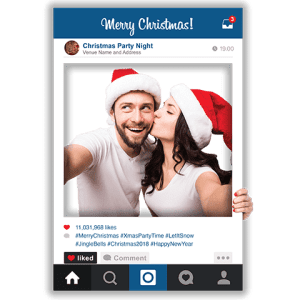
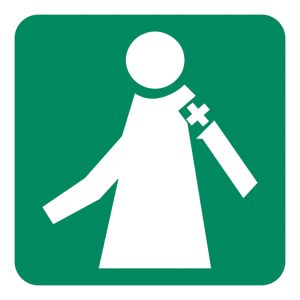


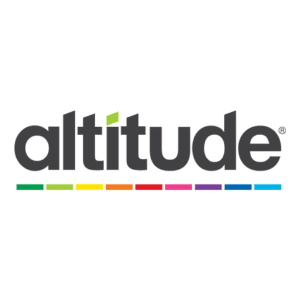







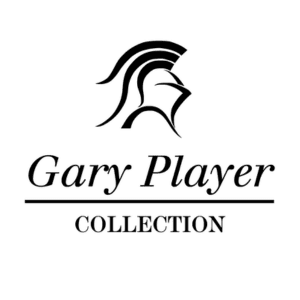

There are no reviews yet.